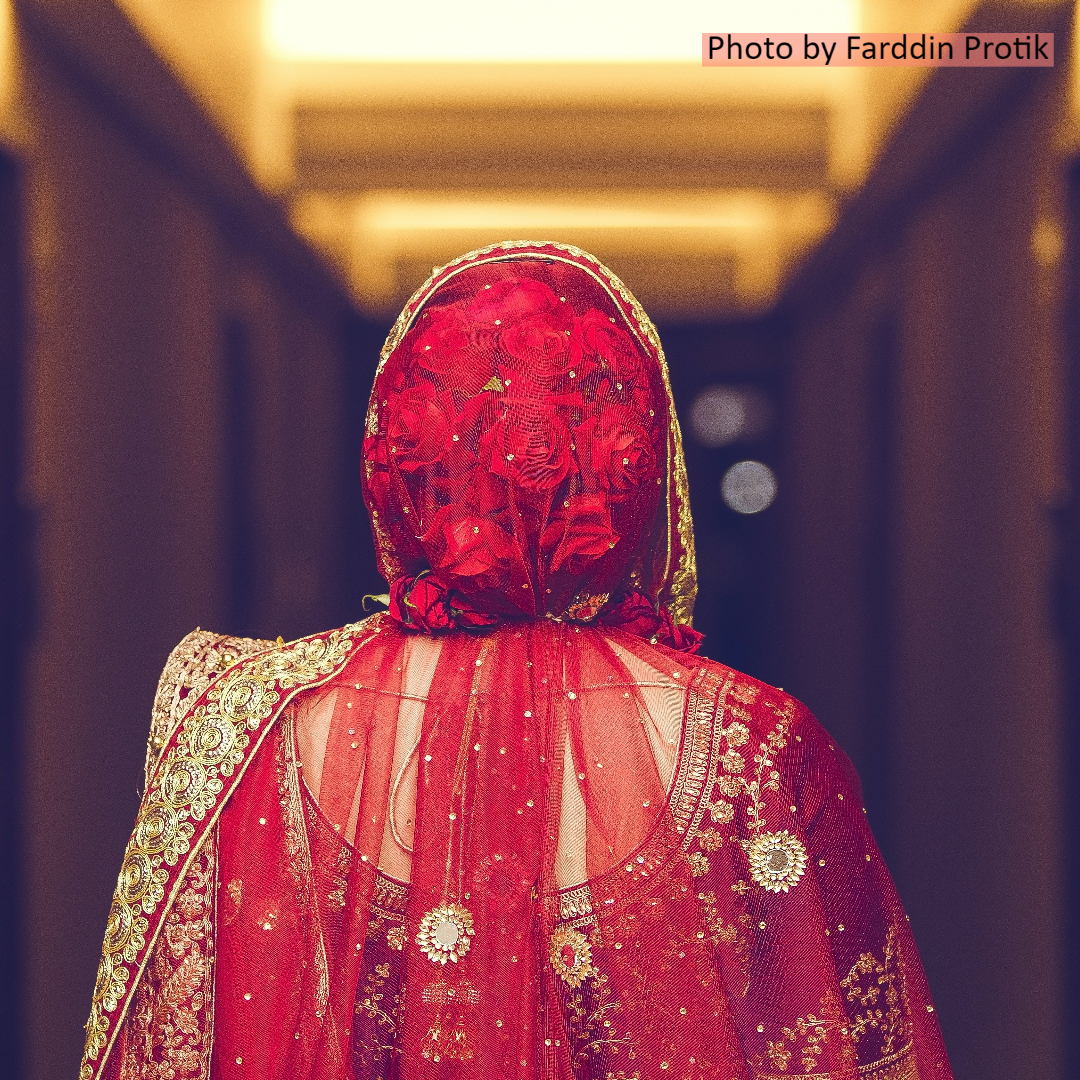
As mentioned in our article on India, the trafficking of children is linked to high levels of poverty and lack of access to facilities and services. Bangladesh is the country with the highest rate of children trafficked for marriage and sexual purposes in the world predominantely, the most affected being girls under the age of 15 [3]. Approximately 300,000 Bangladeshi children and women between the age group of 12 – 30 were trafficked to India alone in the last ten years [1]. In 2020, it has been estimated that thousands of Bangladeshis have been trafficked, and Bangladesh’s Rohingya refugee crisis in Cox’s Bazar has further exacerbated the risks of human trafficking in Bangladesh.
While it is extremely important to observe that the numbers show that girls are the most affected by child trafficking, it is also true that human trafficking is challenging to monitor and much data is lost or unavailable. In this situation, child trafficking in relation to boys is an even more difficult issue to track, however it is still very common when it comes to child trafficking for labour and for child sexual exploitation purposes [5].
Cooperation is key in the elimination of the worst forms of child trafficking and sexual exploitation of children, both online and offline. Across the region, there is an urgent need to harmonise and enforce legal and policy frameworks to effectively prevent these crimes [6].
